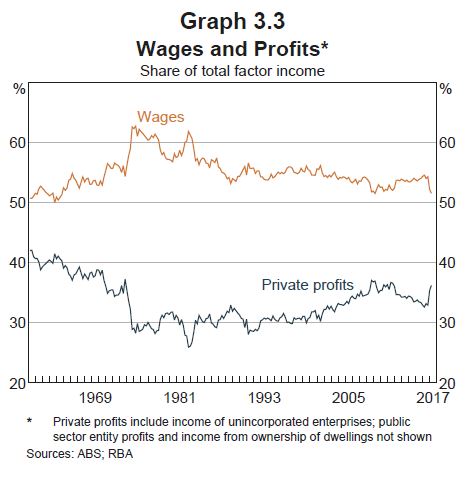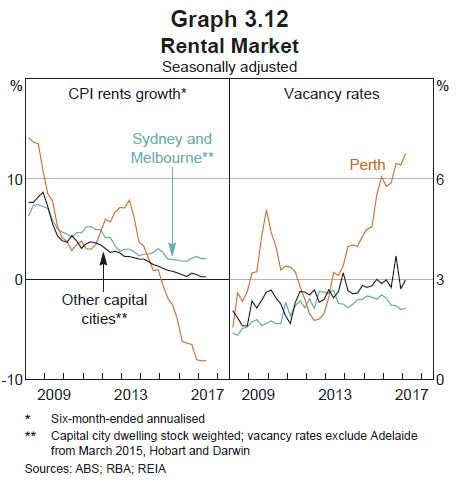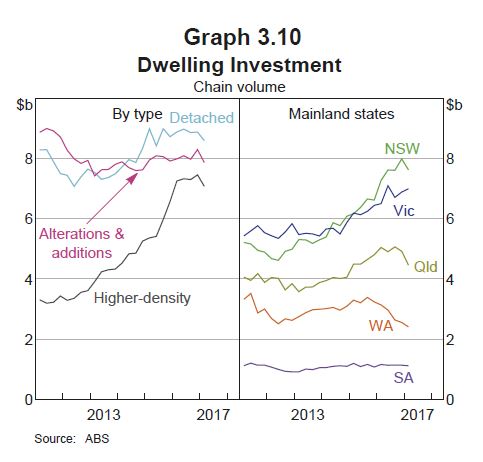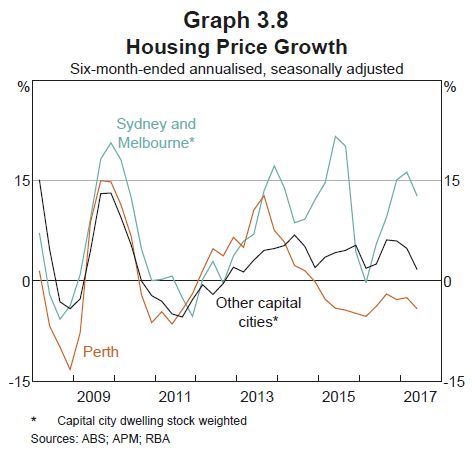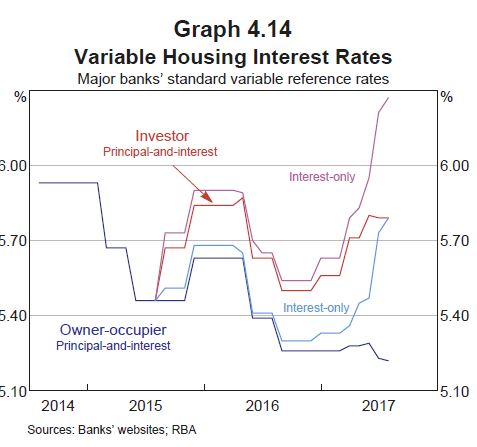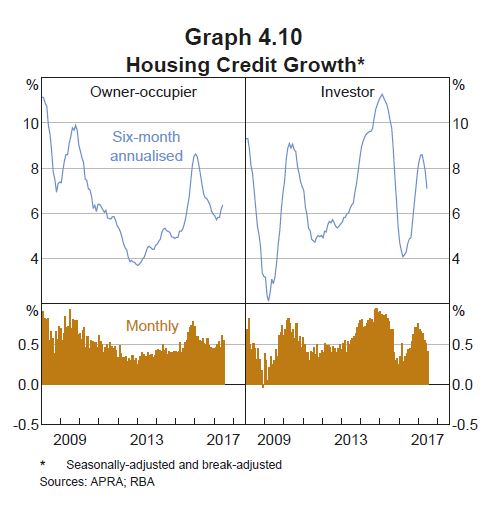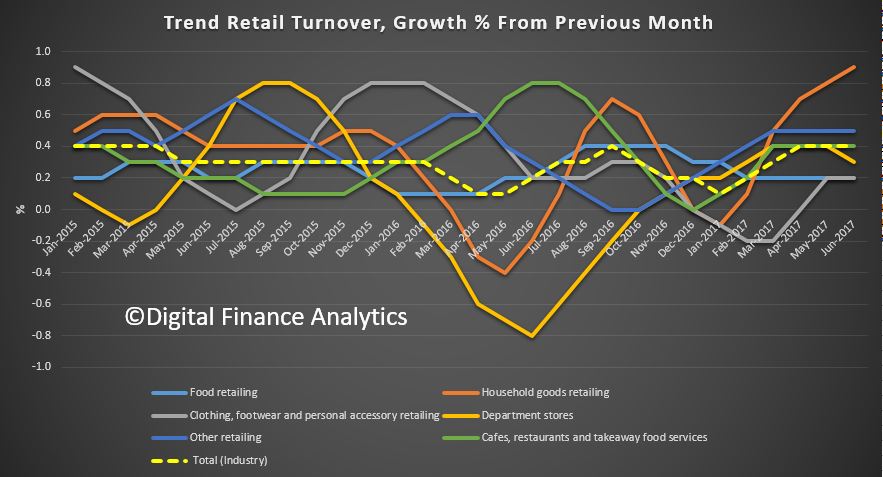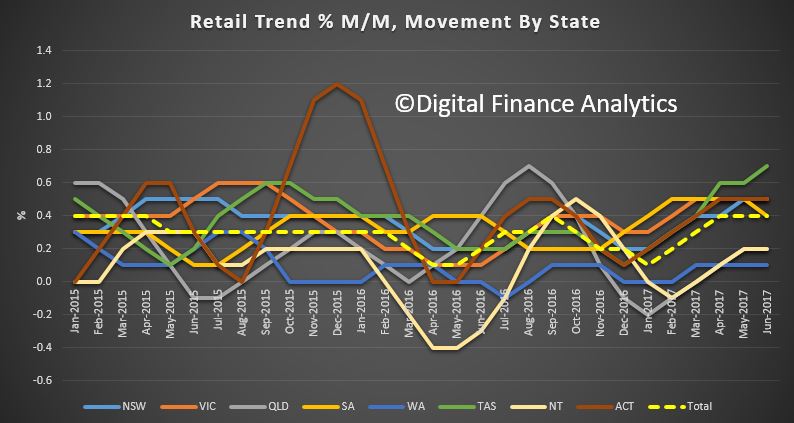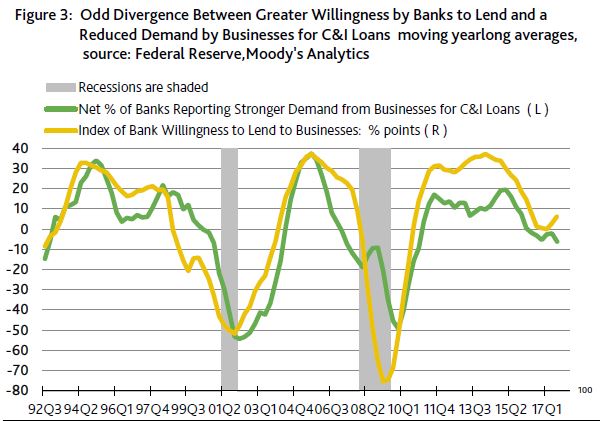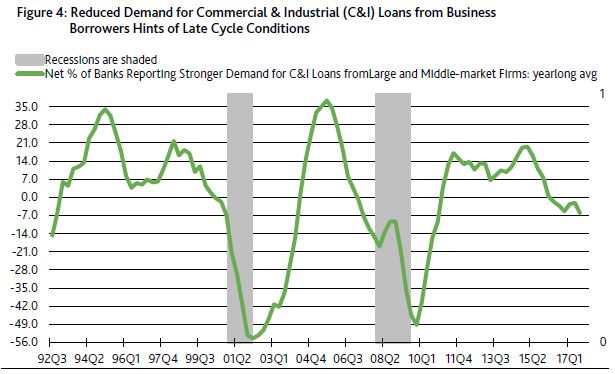Suncorp Group CEO Michael Cameron has suggested that cross-selling products to customers “doesn’t work”, but has touted the group’s new Marketplace model as being of benefit to brokers and customers alike.
Speaking after the release of the group’s full-year financial results, the CEO and managing director of the Suncorp Group said that its Marketplace model—which brings together products and services from across the company’s brands, including Suncorp, AAMI, GIO and Apia, as well as solutions from other providers—aims to provide customers with the option to find, use and buy additional services without being actively “cross-sold”.
The model takes advantage of the group’s buying and procurement power to give its customers access to a range of services and goods (such as car hire) from outside the group.
In a media briefing, Mr Cameron explained: “[The] traditional cross-sell doesn’t work. It hasn’t worked in Australia or anywhere else in the world. That goes along with both insurance and finance [products], which are really about creating value from your customers. But we are about creating value for our customers by providing access via call centres, apps, over-the-counter advisers, etc., to a huge suite of products and services and brands that we don’t manufacture or we bring from outside of the organisation.”
Mr Cameron added that the Marketplace model goes as far as potentially providing access to “many of [the group’s] competitors products”.
According to the group CEO, this Marketplace model, and associated app, is in the process of being rolled out to intermediaries, including brokers, and could benefit their business.
When The Adviser asked Mr Cameron about Suncorp’s broker strategy and remuneration, he said: “It is a very important area and I think if I look at it from a regulator’s perspective, there has been a lot of focus on reward and performance around some of the third-party intermediary distribution.
“Most brokers or distributors in this area tend to be very singularly focused on a particular product and very much shop around for various deals across the industry. By providing the Marketplace capability not only to ourselves, but to our intermediaries and our partners, we are actually able to put them into a position where they can provide a broader range of products and services with different brands. [This is] very much a complimentary type of service[s] that will allow more of a journey of buying a home, rather than just simply getting a loan.”
He added: “What we are going to be doing is putting into the hands of our intermediaries the skills, capabilities and, more importantly, the platform to be able to broaden that service that they provide to their ultimate customer.
“That is quite exciting, and I think the customers will be the real winners. And I also feel . . . that it is the sort of thing that our regulators will be pleased about as well as we create [model] for our customers rather than from our customers.”
The Suncorp CEO said that it is working on the Marketplace “single digital experience” (and will be investing an additional $100 million [after tax] to deliver the “key components” of this in the coming financial year), which is already being rolled out to the broker network.
He said: “We are already starting to roll out, through parts of our network, some of those benefits to our brokers today, and it will probably be never-ending. . . . We will continue to add access to a variety of products and services.”
While the group has been investing heavily in the Marketplace model and technology, the endeavour has not been without its hurdles.
The bank’s migration of loans and lending origination to the core banking platform, supplied by Oracle, began last year but has “taken longer than expected to fully embed and adapt for use in the Australian market”.
The group has revealed that while it will soon complete the final migration phase for the remaining retail loans, it will then “pause the migration of deposits and transaction banking products, pending further system enhancements from the vendor”.
Speaking at the briefing on 3 August, Mr Cameron said: “Just in relation to Oracle and our relationship there, what we have chosen to do with just a small group of our products is to leave them running on the old system rather than take a chance or risk in actually launching on a new platform.
“At the end of the day, the customer experience is what counts. We don’t want to be in a situation where we are getting outages, so all we are really doing is waiting for a new version of the same software to be released, which incorporates the sorts of things that we want rather than build them ourselves internally.”
He continued: “It will actually cost us a little less. It will de-risk the operations from a customer perspective, and it means just running two systems for a period of time.
“Whilst it’s not ideal, it’s something we thought long and hard about. But it certainly won’t be getting in the way of building and launching a single digital platform and, in many ways, it does help us free up capacity to do that.”
Overall, the full-year results show that the group made $1.07 billion of net profit after tax, up 3.6 per cent on the prior year, which Mr Cameron said was indicative of “disciplined management of margin and sensible balance between reducing overheads and investing in the future”.
Suncorp Bank’s housing portfolio now sits at $44.8 billion (up from $44.27 billion in 2016), with 66 per cent coming from the “intermediary channel”.





